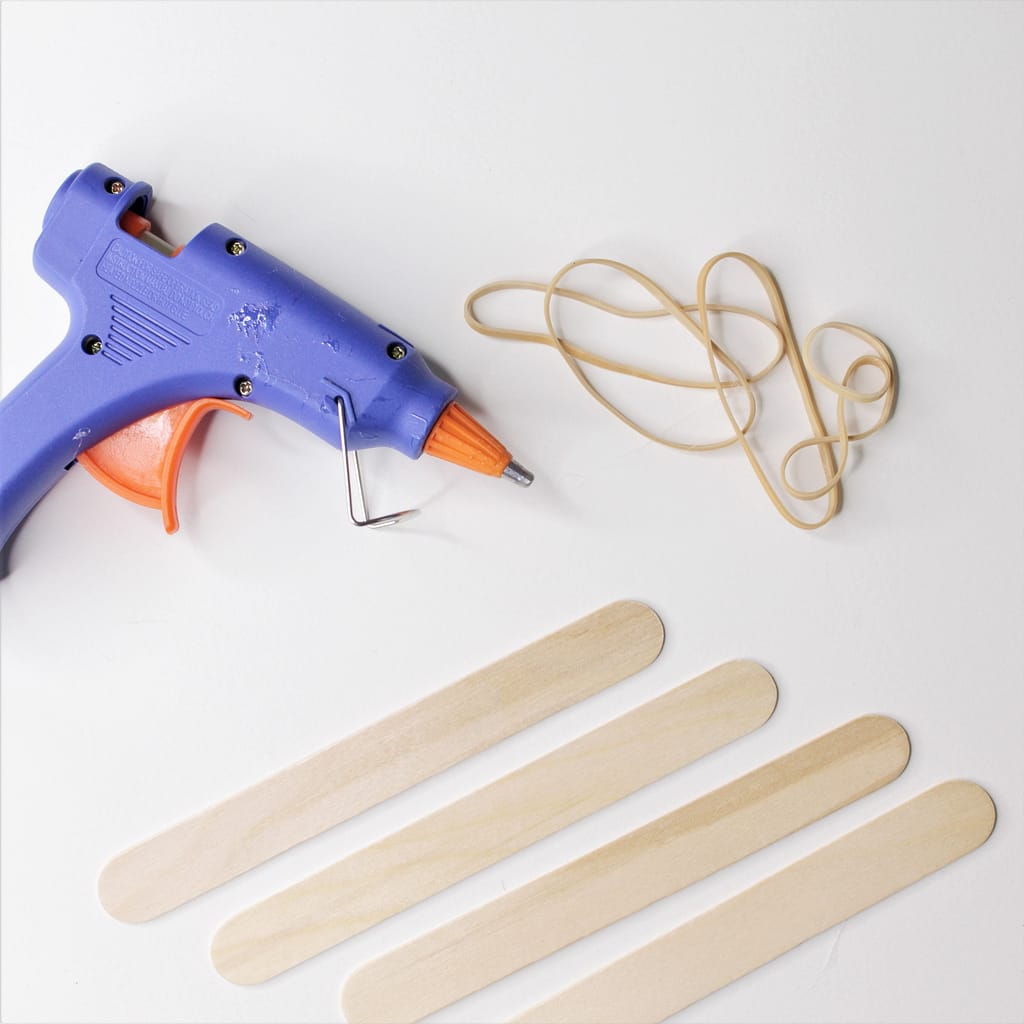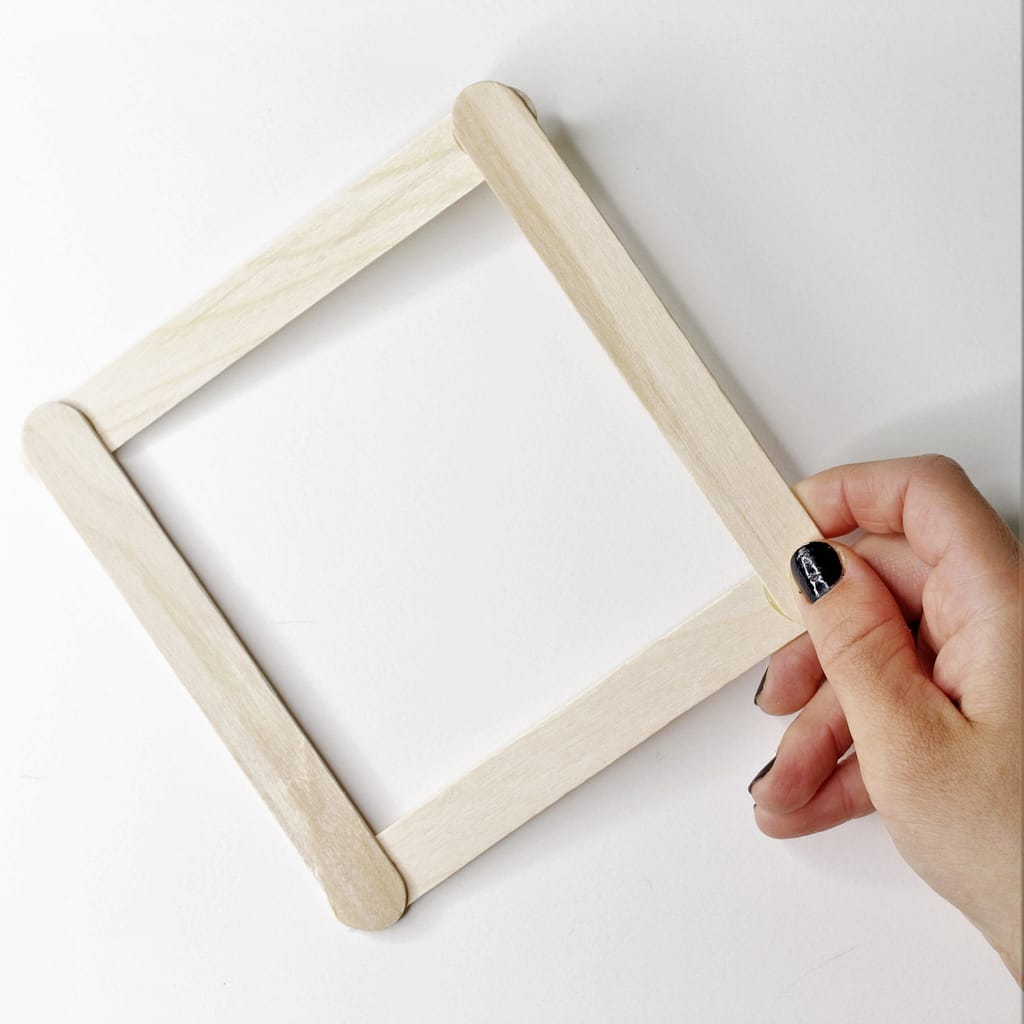Weaving art projects develop fine motor skills but are also a great pre-reading activity for young learners. Here is a simple, forest-school inspired take on weaving to try at home!
Weaving art projects have a multitude of benefits for young children.
Besides the obvious development of fine motor skills, weaving helps children understand the math and literacy concepts of sequencing patterns. Weaving provides a tactile experience of prepositions (over and under, for example). Weaving is also a great pre-reading activity for young learners. It prepares your child for reading by giving them the opportunity to practice “tracking” – also known as moving your eyes from left to right.
Here is a simple, forest-school inspired take on weaving for you to try at home with your child.
Supplies:
- 4 popsicle sticks
- 3-7 rubber bands
- Glue gun*
- Scissors
- Flowers, sticks, and long grasses
*As with any project posted on my blog, this craft is intended to be done under adult supervision.
Directions:
- Arrange the popsicle sticks to create a square frame.
- Use your hot glue gun to glue the popsicle sticks in place.
- Create the “wefts” of your loom by stretching rubber bands across the width of the frame. You will want to use at least 3 rubber bands. The more bands you have (and therefore, the closer they are together), the more challenging the weaving activity will be. The further apart your bands are, the easier it will be. Adapt the number of bands/distance according to your child’s ability.
- Weave your nature findings over and under the rubber bands to create a beautiful nature weaving.




Looking for another forest-school inspired art project to do with your children? Check out this blog post on creating your own Nature Wands.
Needing another way to use the amazing botanicals you collected on your hike or time in the backyard? Then you might love this Clay Nature Tracker art lesson.

